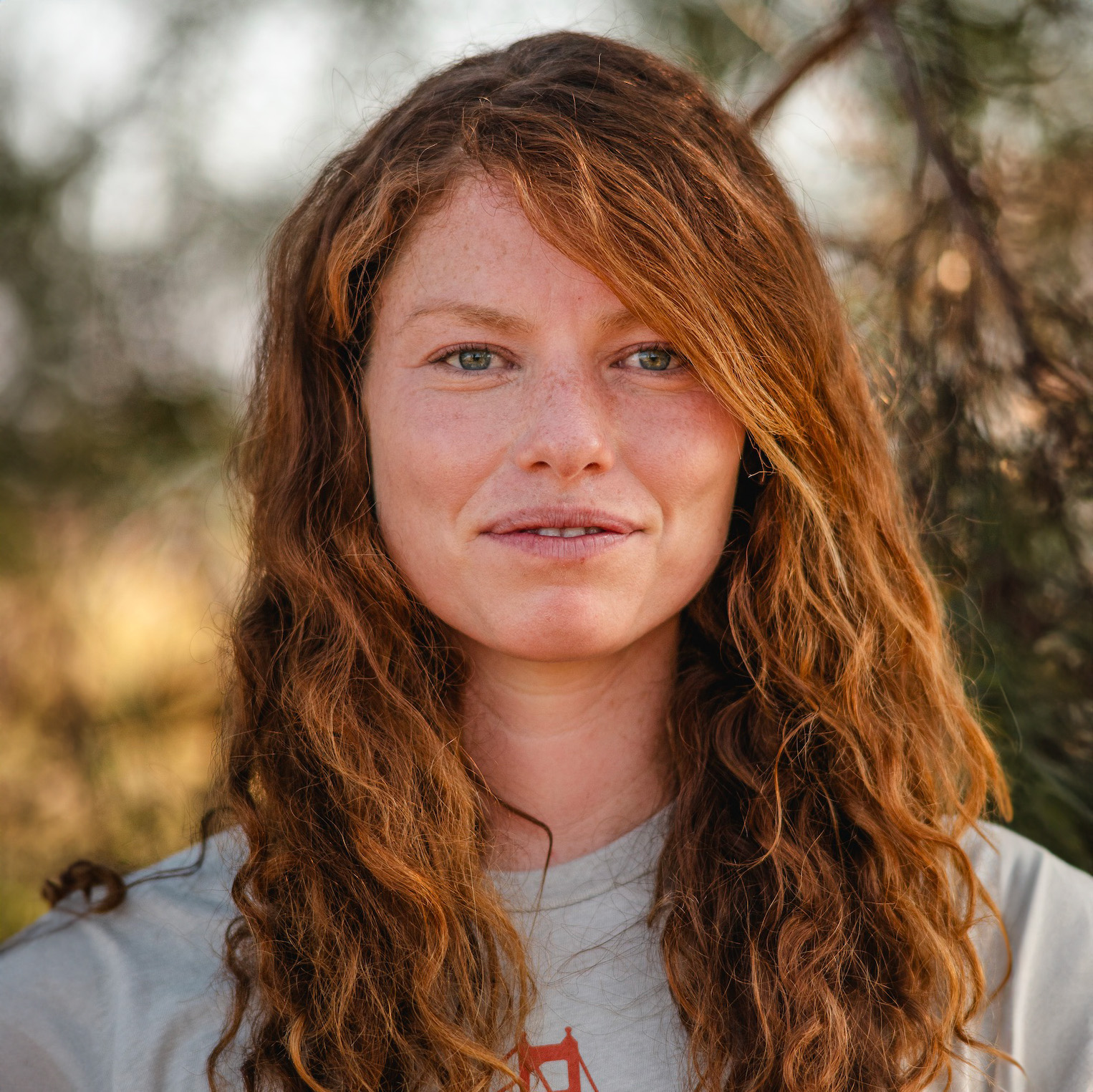It’s almost Halloween! What better way to get into the holiday spirit than to discuss those critters that seek to disturb and horrify us. These are four species that can be found around San Francisco Bay that are noteworthy either due to their appalling eating habitats, by their grotesque appearance, or a combination thereof:
Red-Backed Jumping Spiders
 Just as one does not simply walk into Mordor, one does not simply talk about the creepy crawlies without mentioning spiders. When most people think of Halloween spiders, black widows and tarantulas typically come to mind. Even though both can be found in the Bay Area, we instead will be talking about the red-backed jumping spider, or Phidippus johnsoni. This is a small jumping spider that is about a centimeter long. Its most notable feature is its bright red abdomen. Though the red-backed jumping spider may look terrifying, it is harmless to humans. The coloration acts as a disguise. The spiders mimic wasps called velvet ants in order to deter potential predators.
Just as one does not simply walk into Mordor, one does not simply talk about the creepy crawlies without mentioning spiders. When most people think of Halloween spiders, black widows and tarantulas typically come to mind. Even though both can be found in the Bay Area, we instead will be talking about the red-backed jumping spider, or Phidippus johnsoni. This is a small jumping spider that is about a centimeter long. Its most notable feature is its bright red abdomen. Though the red-backed jumping spider may look terrifying, it is harmless to humans. The coloration acts as a disguise. The spiders mimic wasps called velvet ants in order to deter potential predators.
Saltmarsh Dodder
 Saltmarsh dodders (Cuscuta spp.) are a genus of native herbaceous plants. However, unlike most other plants, they aren’t green, don’t have leaves and don’t photosynthesize. Instead, dodder is a holometabolous parasite, meaning that it must rely on a host plant from which to obtain all of its nutrients. Dodders are easily identifiable by their orange coloration and threadlike stems that cover the surfaces of host species. They produce white flowers in the summer months.
Saltmarsh dodders (Cuscuta spp.) are a genus of native herbaceous plants. However, unlike most other plants, they aren’t green, don’t have leaves and don’t photosynthesize. Instead, dodder is a holometabolous parasite, meaning that it must rely on a host plant from which to obtain all of its nutrients. Dodders are easily identifiable by their orange coloration and threadlike stems that cover the surfaces of host species. They produce white flowers in the summer months.
Oyster Drill
 The Atlantic Oyster Drill (Urosalpinx cinerea) is a small predatory marine snail measuring only 20-35 mm long. A snail you say? How bad can that be? However, these little guys make up for their small stature with a voracious appetite. As the name suggests, they primarily prey on other mollusks and do so in a gruesome fashion. They use a specialized appendage called a radula to bore a hole in the shell of an unsuspecting mussel or clam. Once they finish, they then proceed to slurp the soft insides out through the hole, leaving only the shell behind!
The Atlantic Oyster Drill (Urosalpinx cinerea) is a small predatory marine snail measuring only 20-35 mm long. A snail you say? How bad can that be? However, these little guys make up for their small stature with a voracious appetite. As the name suggests, they primarily prey on other mollusks and do so in a gruesome fashion. They use a specialized appendage called a radula to bore a hole in the shell of an unsuspecting mussel or clam. Once they finish, they then proceed to slurp the soft insides out through the hole, leaving only the shell behind!
Turkey Vulture


















































